Mother Gaston Affordable Home Ownership Program Helps Brooklyn Teacher Achieve Dream
On housing lottery lists for years, Amy Hamberry was able to buy a townhouse built by the city as workforce housing for first-time home buyers.

Amy Hamberry outside her new house. Photo by Anna Bradley-Smith
Growing up in a rent-stabilized apartment in Park Slope, 44-year-old Amy Hamberry remembers seeing the waves of gentrification roll in. At school, she started to notice differences with other kids, like not being able to go on ski trips, not feeling like she fit in. Having a Black father and a white mother just accentuated that, she said. “I was in the community, but I was always, you know, on the outsides of it,” she said.
When she was in college, there was another wave, she said: The people who had come and bought in the neighborhood when she was younger started to see the value of their homes skyrocket and decided to rent them or cash out. “It was top-shelf prices, and it just wasn’t a neighborhood anymore.”
Despite that, Hamberry continued renting in Park Slope and “paid out the nose” to raise her kids there. There was also a stint renting in Bay Ridge. “In hindsight, if I could go back in time, I realize that I was doing a disservice to them because they weren’t around people of color,” she said. “They learned about them in school, but I was the only one that represented it and I didn’t count because I myself was devoid of that upbringing as well for the fear that my mother had of making sure that I was safe.”
But recently things changed. Hamberry, an elementary school teacher, became the owner of one of 17 affordable Mother Gaston Hinsdale Homes located in Brownsville, East New York, and Ocean Hill. The development of the new townhouses was initiated by the city with the goal of building workforce housing for first-time home buyers.
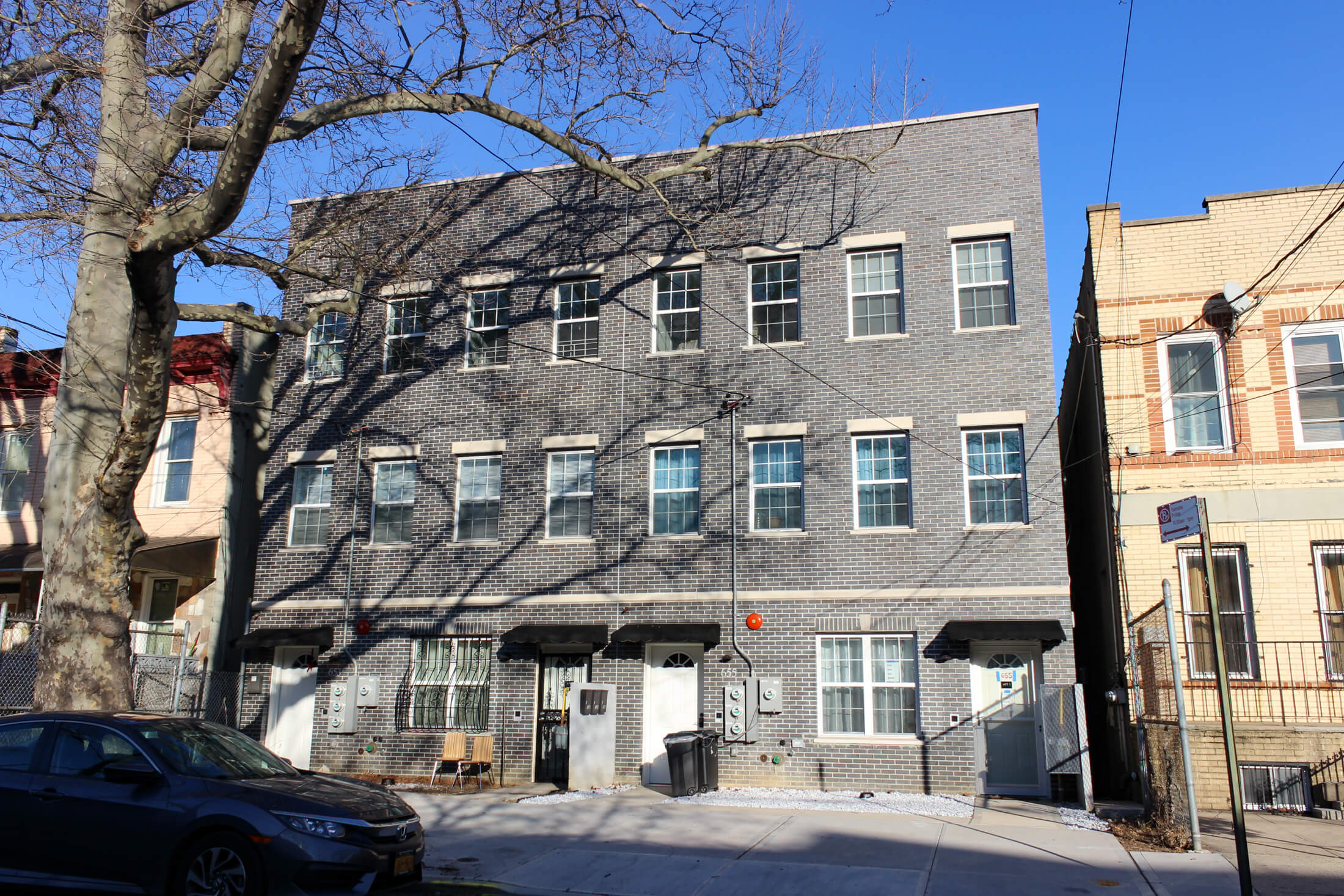
They were created under the Neighborhood Infill Housing Opportunities Program of NYC Department of Housing Preservation and Development, which has since become part of the Open Doors program. The price the new owners pay to buy the homes is subsidized to keep them affordable, and the program mandates restrictions on income, resale, and renting.
The first batch of townhouses was completed in 2022, and the last three are close to wrapping up, said developer Corey Galloway, part of BCDL Real Estate Development, which built the houses. David E. Gross of GF55 was the architect.
The Mother Gaston Hinsdale Homes include two two-family houses and 15 three-families. Each house has a duplex unit intended for the owner with a backyard, two bathrooms, and either two or three bedrooms. The rental units include studio apartments between 500 and 700 square feet and either a two- or three-bedroom apartment of 1,000 to 1,200 square feet.
The buyers pay an estimated $477,158 to $706,714 for the homes, with the actual sale price about twice that, and the program kicking in the difference. (The prices the buyers pay are on par with asking prices of nearby older single-family homes in need of renovation, current listings show.) Buyers, who went through the city’s housing lottery process, can earn no more than 90 percent of the Area Median Income for eight of the homes, 100 percent for five houses and 120 percent for the remaining four.
Under the program, incomes can range from $61,986 to $169,200 for households of two to seven people, and buyers are allowed to have assets totaling no more than $198,975 in addition to the down payment. They are required to put down at least 5 percent and live in the houses for at least 15 years. There are also restrictions on how much rent they can charge tenants, keeping the apartments affordable for them too.
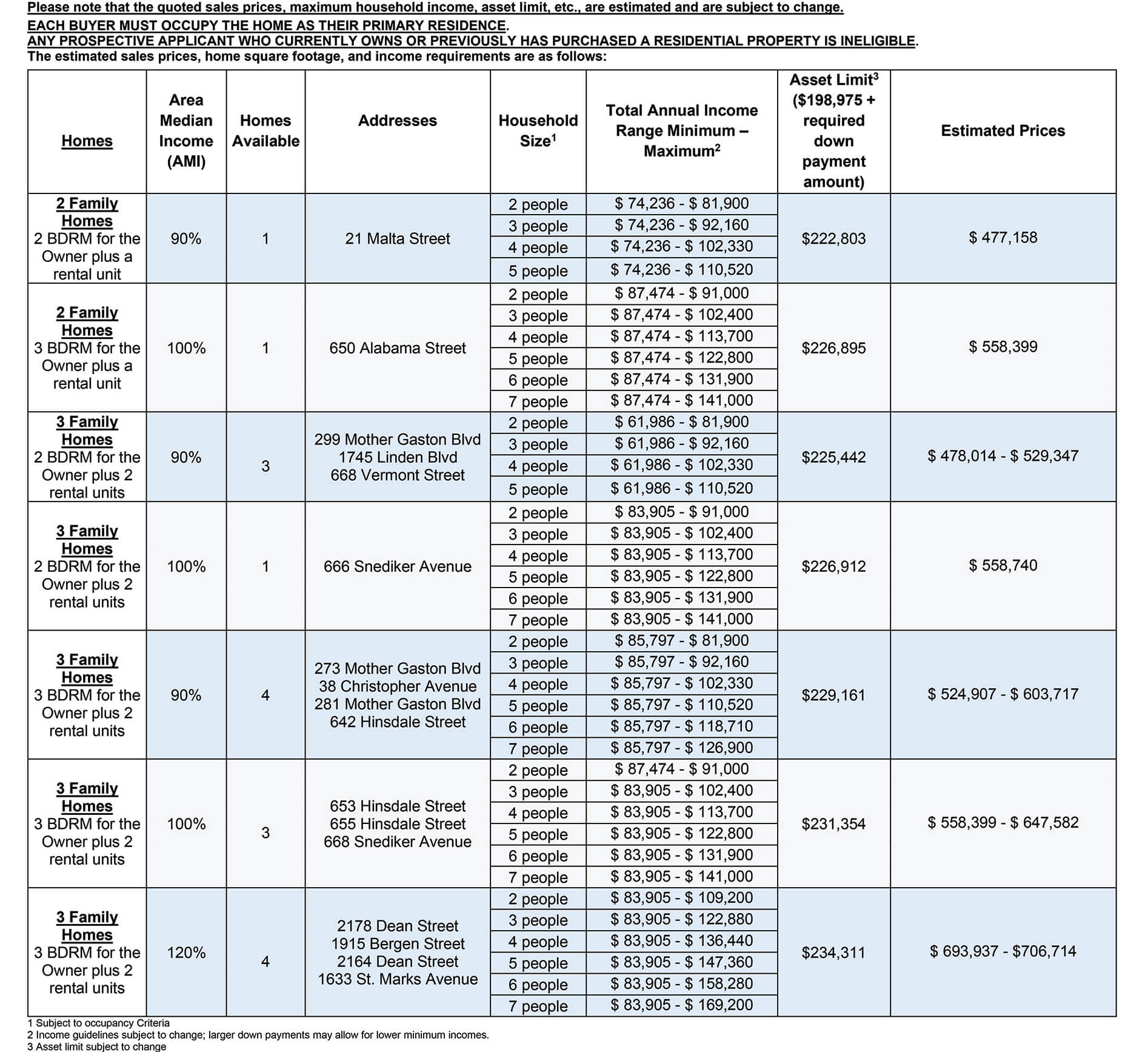
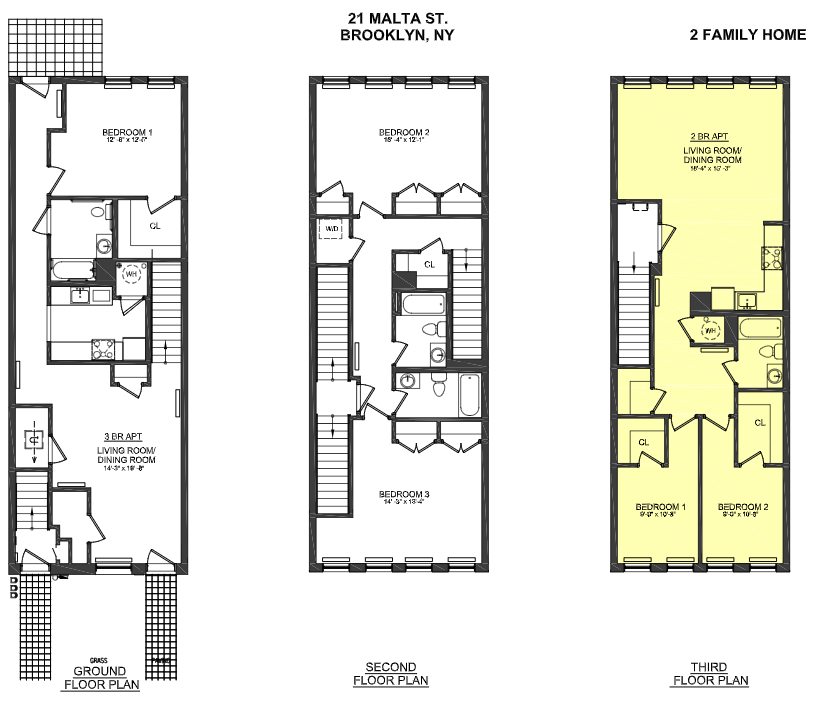
Hamberry had been on housing lottery lists since she was in her 20s, she said, and one day an alert popped up for the homeownership opportunity. Not thinking she would ever get it, she applied, and said she viewed the application as a practice run for the real thing. “I’ve never really banked on it, because I had to just keep it moving and just do what I needed to do to survive here or I wouldn’t be able to live here, stay here…pay rent live paycheck to paycheck, you know, and just keep hoping it’ll work out.”
But she kept getting told she had qualified to move to the next phase of the process. “I was like how is this happening? It didn’t seem real that I was actually being considered. I was like someone’s gonna jump out and be like just playing.”
Galloway said other homeowners in the program told him they had the same experience, “they really didn’t believe that was gonna happen. But that’s because this country, community has taken the hopes of so many people.”
For Hamberry, owning a piece of land had been a lifelong dream. She moved into the new house in December, and her stake is now a place to build generational wealth for her children, and to teach them about the privileges they have with that and how to do right by it, she said. As part of that, she said she very intentionally rents one of her units to a woman on the CityFHEPS program.
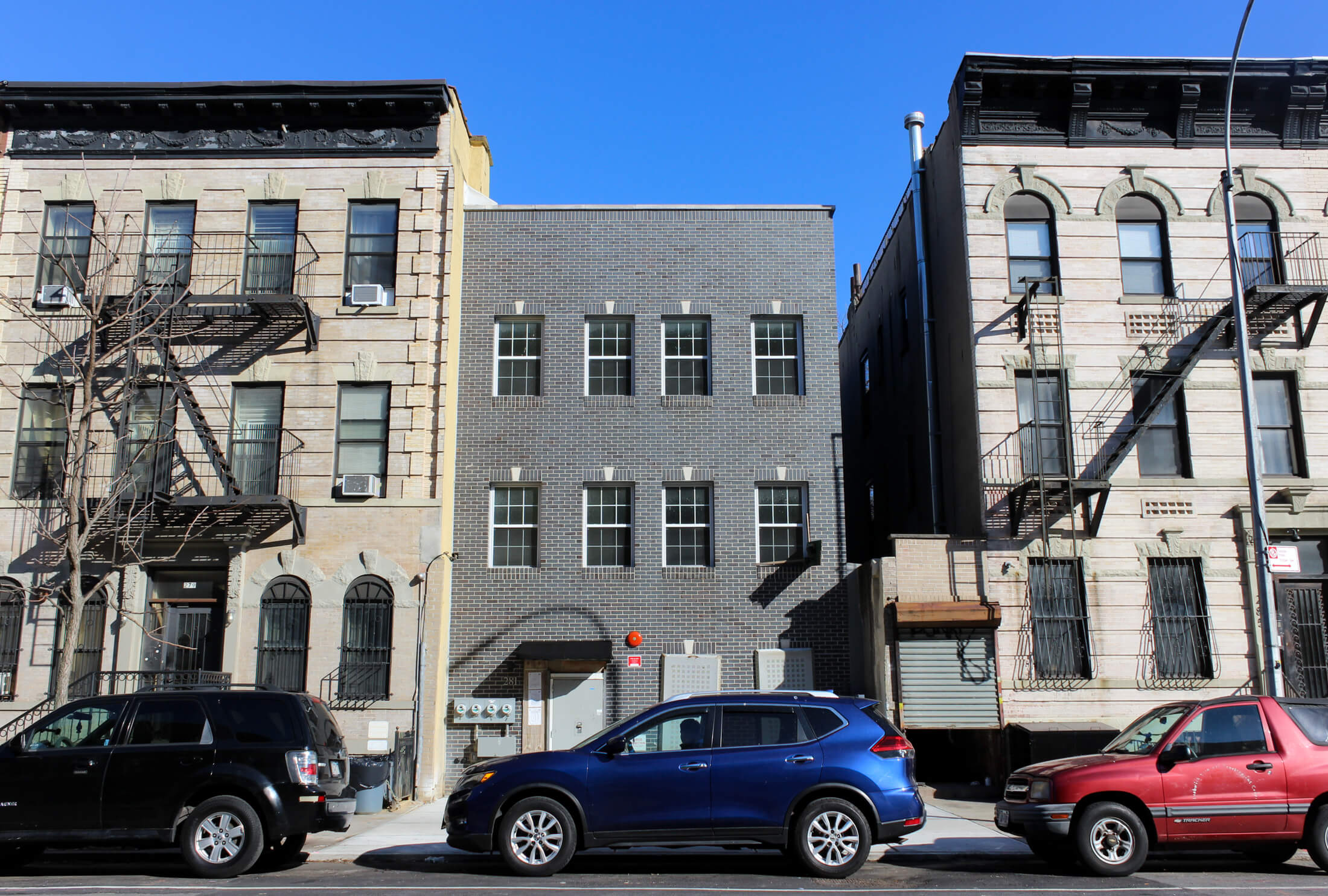
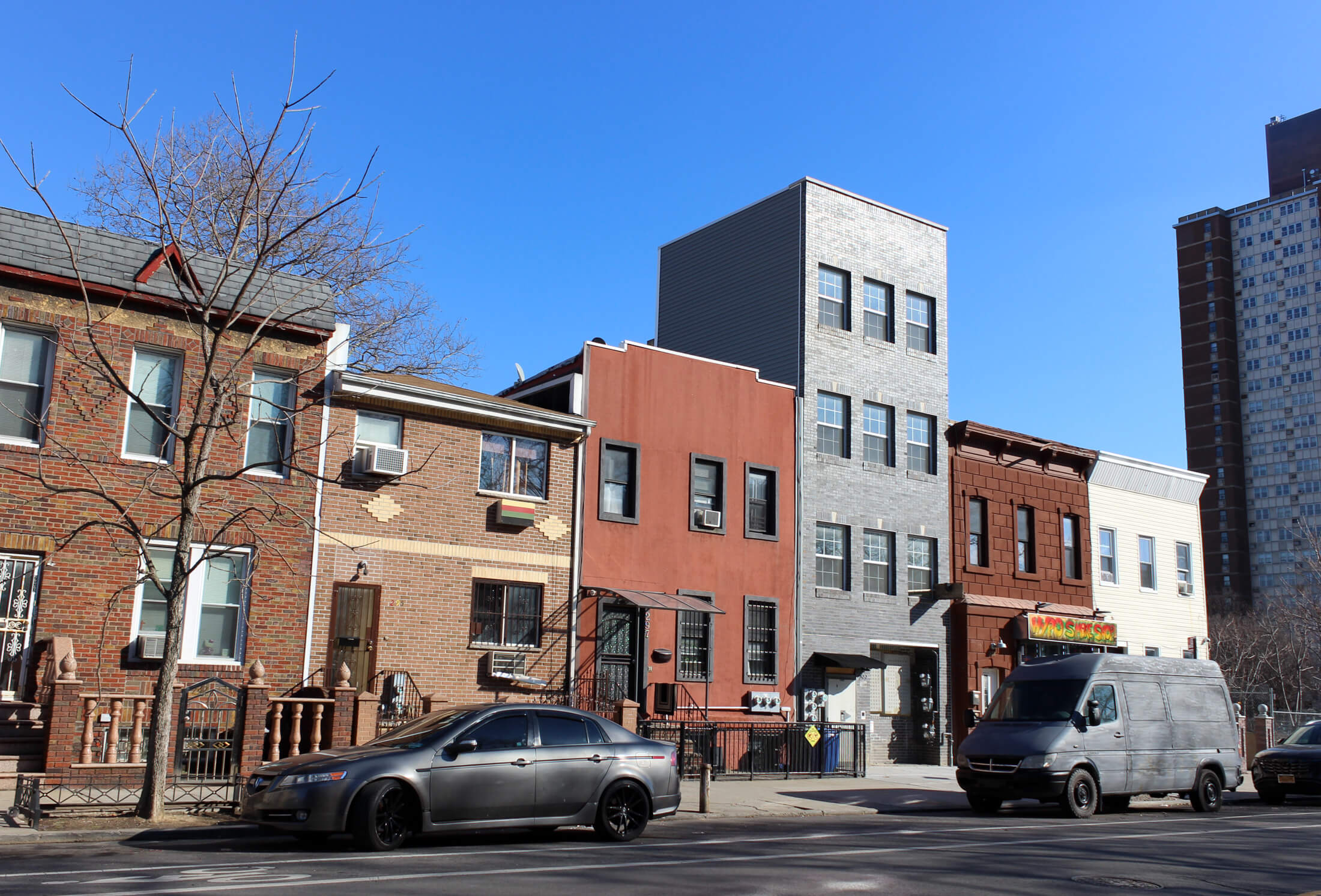
During the process of applying for her house, Hamberry said she did a lot of research into East New York and its history and found out about efforts like the East New York Initiative. “They are protecting Black landowners to make sure that they can renovate their houses if they don’t have the financial capacity to do so and that they’re also protecting this community to retain it in its natural glory, which is like a community.”
She said everything she read, and is now experiencing, about the level of community in East New York – a completely different experience to the more transient Park Slope – has been a transformation for her and her kids. “The kids are eating it up…they get it because they’re smart enough, and they’ve seen enough. Fortunately this one will know life like no other,” she said, pointing to her youngest. “That’s the biggest blessing is to see that he’s going to be raised in the way that I wished that I had the older ones. You know, I made some mistakes and now I hit the jackpot.”
For Galloway, seeing Hamberry become a homeowner in the neighborhood is exactly why he got involved in this program. Born and raised in Brooklyn, and running the Brooklyn Lifestyle Athletic Club in Canarsie with his wife, Galloway said serving his community and building homes for people that look like him “felt amazing.”
“We’re creating generational wealth, which is really the biggest issue beyond home ownership that we’re solving, closing the generational wealth gap between minorities and non-minorities,” he said. “The best way, in my opinion as a developer, to do that is homeownership.”
The Mother Gaston Hinsdales Homes are Galloway’s first foray into developing. With a background in business and finance, Galloway runs Legacy Growth Partners, the L of BCDL Real Estate Development. All of the developers who make up the group are part of the New York Real Estate Chamber, which brings minority developers together to pool their resources and get bigger deals.
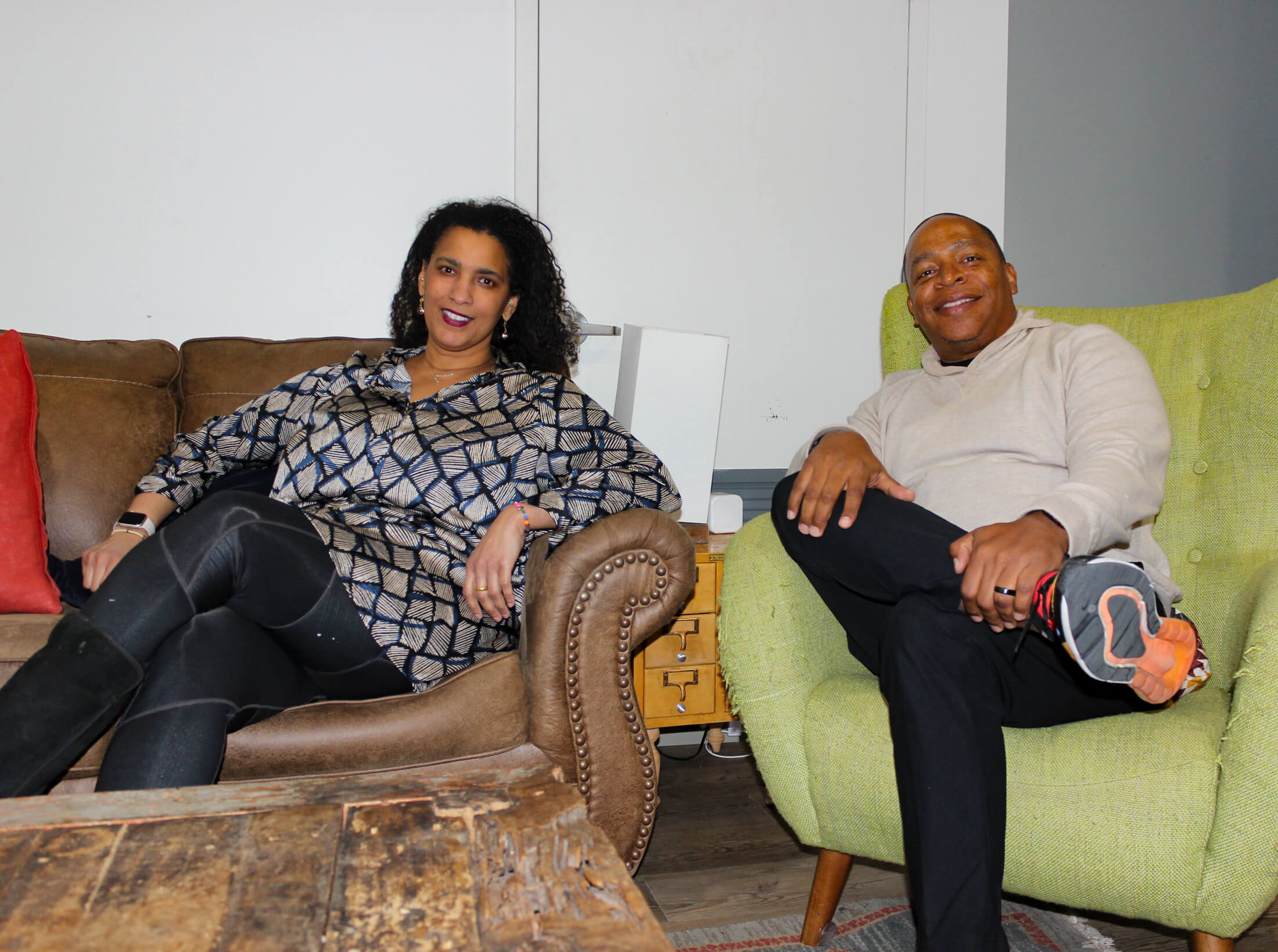
Galloway said being part of a minority and building for minority homeowners, there was a natural understanding and relationship that formed. “As a minority developer, I still don’t have as much as, you know, my counterparts that are developers,” he said. “So the homeowners, they get that without me even having to say it, they know like, ‘alright, well, you’re a minority, too, I know how hard it is for you, because I know how hard it is for me.’”
Galloway’s aim with development is to help undo decades of redlining and help local families build equity and reduce financial burdens such as sending kids to college. Given all the lottery winners were first-time homeowners, Galloway said he sat with them through the whole process: appraisals, inspections, the closing process, and post-closing.
“They’ve never owned a home before…they just don’t know. Another woman moved from NYCHA so this is, you know, 100 percent new. Her strategy was to live in public housing to save her money to buy a home.”
The city received more than 5,300 applications for the houses, a rep for HPD told Brownstoner. Currently, 14 of the homes have been sold and have families living in them, and three are scheduled to sell in the next few weeks, Galloway said. All successful lottery applicants have been contacted and processed, he added.
Dozens, possibly even hundreds, of different kinds of affordable housing exist in New York City, most of them rentals, but owned affordable housing is rare. Dotting Brooklyn and other boroughs are examples including HDFC co-ops, tenement apartments renovated by Habitat for Humanity, as well as newly constructed townhouse rows built by the city and nonprofits such as Habitat, religious organizations, and community groups. Prominent examples of houses in Brooklyn include Nehemiah Houses by East Brooklyn Congregations and modern Queen Anne-style townhouses on Noll Street in Bushwick built by the Ridgewood Bushwick Senior Citizens Council (now RiseBoro Community Partnership).
The HPD rep said the 17 vacant city-owned sites were chosen for the homeownership program rather than for a rental program because homeownership is in line with the neighborhood character, and because increasing rates of homeownership is a priority for the city. They said across Brownsville, East New York, and Ocean Hill a lot of Black and brown homeowners have been badly affected by the 2008 financial crisis, and it has resulted in many losing their homes. A benefit to this program, the rep said, is the security that comes with the fixed mortgage rates.
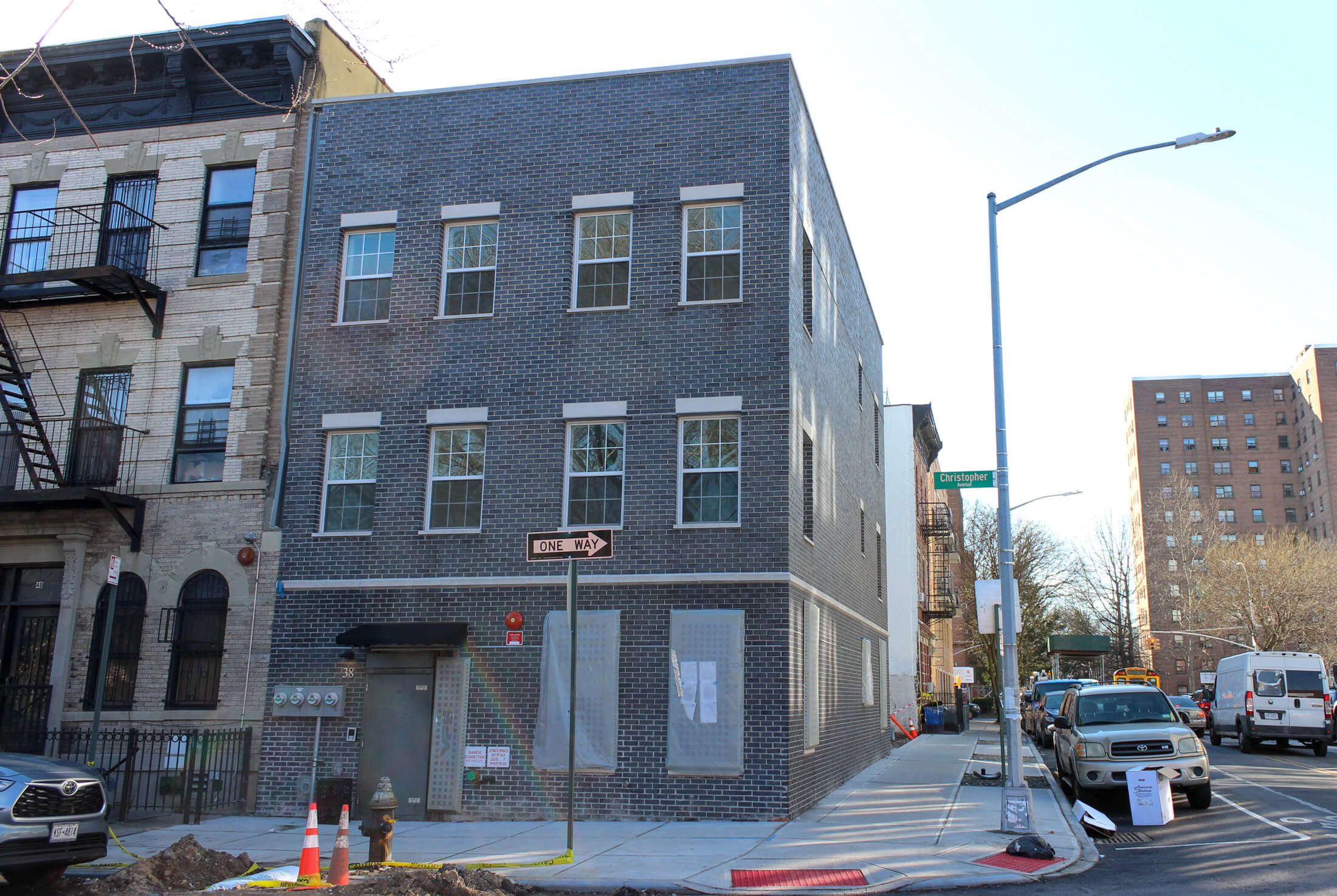
Hamberry said as part of the buying process, she had to “disconnect myself with the logistics of the whole process.”
“When you grow up in a single mother household, you know, you’re worrying about certain things. Where for people who were raised in more of an upper middle class background debts are good, it’s like you take a risk…it’ll pay back. But for me it was always like hold on to everything, hold on to every penny. It changed from me being a saver to an investor and then that translates into what I do with everything in my life.”
Being a homeowner, Hamberry said, has given her a bigger purpose and as part of that she wants to always stay accountable to everything she went through as a renter. “I have a purpose and a goal to honor every piece of dirt on the ground that has my name on it, every single person that I see and I, you know, engage with, and everything that I do is with an intention to make the greater good for when this gets passed along. It’s just, it’s now bigger than me. It still doesn’t feel real.”
Hamberry already has plans to offer her educational services to the community and a dream to one day open a center for the community and have a real impact in her neighborhood. Services, Galloway said, are something that is desperately needed alongside the surge of affordable apartments being built in East New York, Brownsville, and other areas of eastern Brooklyn.
“What triggers crime is desperation and a lack of resources, and when we’re building homes in an area where there’s a high density of low-income housing you have to figure out how to have opportunities for the people that live in low-income housing.”
He said the city’s Department of Housing Preservation and Development, NYCHA, and the Mayor’s Office need to take a holistic approach, “how do we give the community hope? That’s how I feel, you know, going forward, that has to be addressed.”
“The high density of low-income housing in Brownsville has to be solved as well, it has to be looked at because that didn’t happen by chance. That had to be a strategy in the ’60s and ’70s to build that level of high density low-income housing in one community…it’s an uphill battle but we’re fighting.”
[Photos by Anna Bradley-Smith]
Related Stories
- Bed Stuy to Get Truly Affordable Complex With 238 Apartments, Food Co-op, Community Programs
- To Solve Housing Crisis, Build Communities First, Says Longtime East Brooklyn Priest
- Habitat for Humanity Taps New Strategies to Keep Housing Affordable in Brooklyn
Email tips@brownstoner.com with further comments, questions or tips. Follow Brownstoner on Twitter and Instagram, and like us on Facebook.

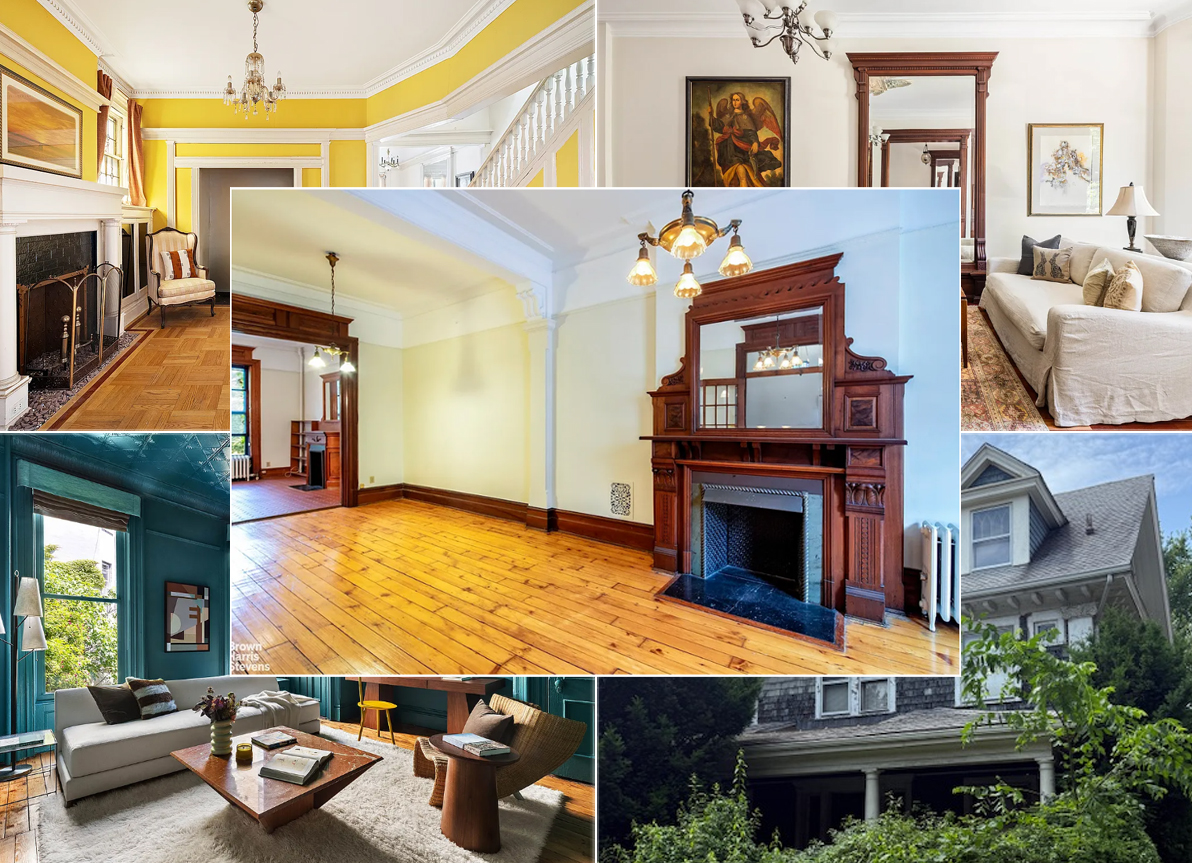



What's Your Take? Leave a Comment